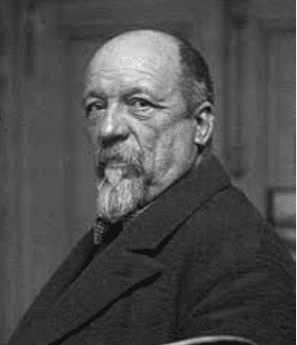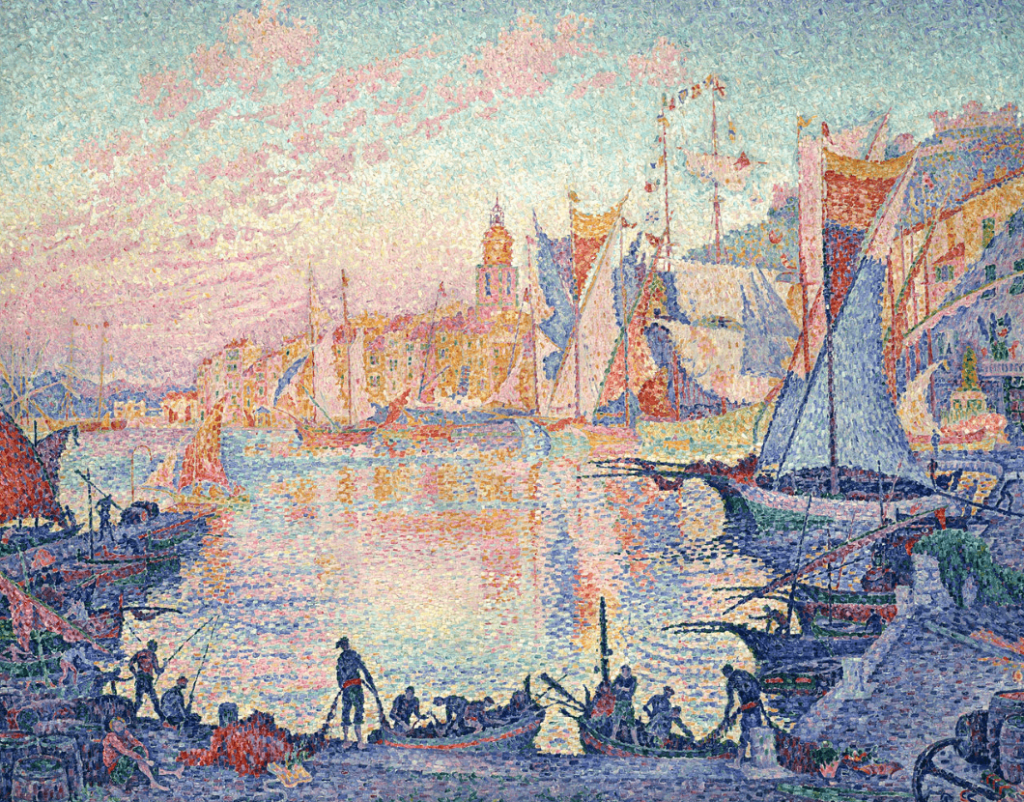Paul Signac: A Visionary of Pointillism

Paul Signac was a French artist and one of the main exponents of the artistic movement known as pointillism. This post-impressionist movement focused on the use of small dots to create an effect of light and darkness, instead of the color strokes of the impressionists. Signac was the first artist to create an entire painting using dots, and his work influenced an entire generation of artists. In this article, we will explore how Signac used pointillism to change the way we see art.
Paul Signac and Pointillism
Paul Signac was born in Paris in 1863 and began his career as an artist in 1884. Signac took an interest in art from an early age and began to study at the School of Fine Arts in Paris at 18. However, he felt disillusioned with the traditional teaching he received there and sought inspiration elsewhere.
His interest in art and painting led him to meet other artists like Georges Seurat, with whom he developed the pointillism movement. Pointillism is characterized by the use of small dots to create an effect of light and darkness, instead of the color strokes of the impressionists. These dots can be of different sizes and colors, which gives the artist greater freedom to create their works.

Signac was the first artist to use this technique to create an entire painting. Among his most famous paintings is “The Port of Saint-Tropez” (1907), which is considered one of the masterpieces of pointillism. This painting shows a sailing boat on the sea, with a background of sky and clouds. Signac used the colorful dots to create an effect of light and darkness, which gave a sense of depth and realism to the painting. This work was a great influence for later artists who used pointillism.
Signac and Seurat worked together.
Seurat and Signac began working together and soon became the leading exponents of pointillism. Signac dedicated himself body and soul to this technique and produced many masterpieces.
He also wrote a book, “D’Eugène Delacroix au néo-impressionnisme”, in which he defended the importance of pointillism as both an artistic and scientific movement.
Signac and the Aesthetics of Pointillism
In addition to being an innovator in the technique of pointillism, Signac also stood out for his aesthetics. His work was generally inspired by nature and everyday life, and he used his painting to convey his political and social opinions. Signac was a strong advocate of the theory of light division, which held that colors create an effect of light and darkness as they mix and overlap. This allowed him to create works with a deep sense of depth and realism.
Furthermore, Signac was also one of the first artists to use the theory of light division to create abstract works. This allowed him to create works that were not based on reality, but were inspired by the abstract concepts of light and color. This was a new way of seeing art, and it was a great influence on later artists.
The Legacy of Paul Signac
The work of Paul Signac was a great influence for later artists who used pointillism. His work helped popularize the movement and change the way we saw art. His innovation and aesthetics also influenced the next generation of artists and helped shape modern painting.
Today, Signac’s work continues to be a great influence for contemporary artists. His works are still exhibited in museums around the world and are a testament to Signac’s innovation and vision as an artist. His work continues to be a source of inspiration for artists who want to explore modern art.
Paul Signac was a visionary in the field of art. His work as a leading exponent of the pointillist movement helped change the way we saw art. His technical and aesthetic innovation helped popularize the movement and influence later artists. His work continues to be a great influence for contemporary artists, and his legacy is still present in modern painting.
